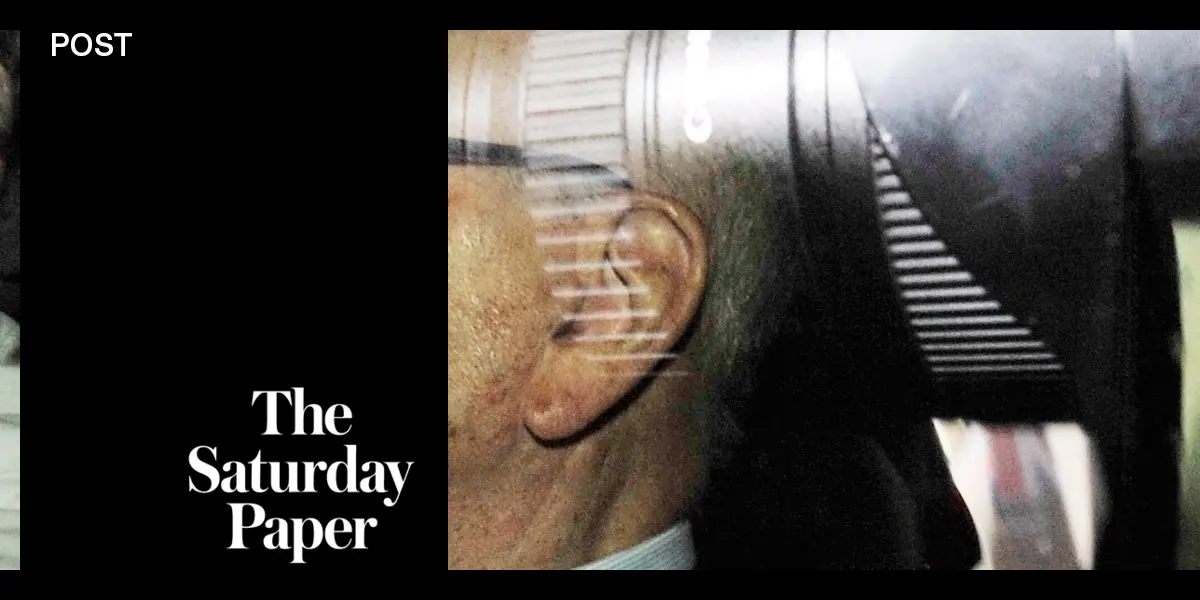

Maybe someone else would be a better judge on what the source is. I know the UK had a period of more entrenched socialist policies prior to Thatcher that may affect the general population’s perceptions of the movement. The poisonous Murdoch newspaper/media ecosystem can’t help either.









Good luck